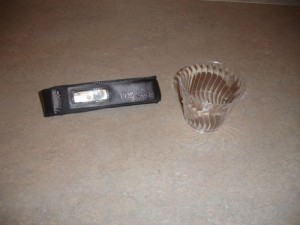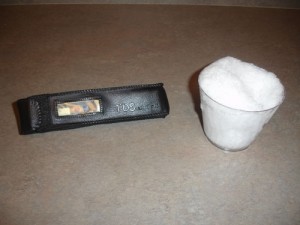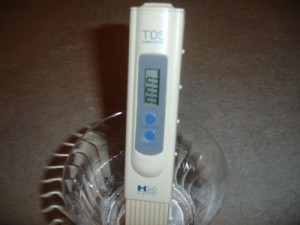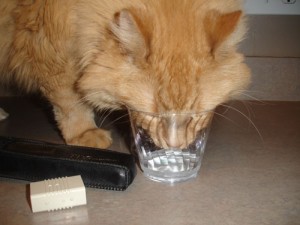It snowed a lot in Minnesota last week. Most people look out the window and either smile or wince when they see the white fluffy stuff.
I had a different reaction.
“I wonder if snow would make better drinking water than Plymouth’s tap water?”
We often measure water quality for our clients with a TDS meter. TDS, or Total Dissolved Solids, is a measure of all the “non-water” materials that have been dissolved into the water.
Pure water measures out at ZERO (0ppm or 0 parts per million). It’s made of Hydrogen and Oxygen.
Plymouth, MN tap water measures out around 310ppm and contains low levels of arsenic, chlorine, copper, lead, trihalomethanes, etc.
So I set out to compare the quality of snow to tap water.
The experiment was simple:
Step One: Obtain the a nice clear cup and a TDS (Total Dissolved Solids) meter.
Step Two: Fill cup with fresh snow from my driveway (also reduces future shoveling)
Step Three: Wait until snow has melted and water warms to room temperature.
Results: As you can see, the melted snow tested out at 0ppm dissolved solids. This would make much higher quality drinking water than Plymouth’s tap water, and even many brands of bottled water. This is very similar to the water quality produced by our whole house Pureoflow system and our under sink Reverse Osmosis systems.
As you can see our in-house taste expert, Thor, was immediately drawn to the crisp, fresh taste this snow provided.





